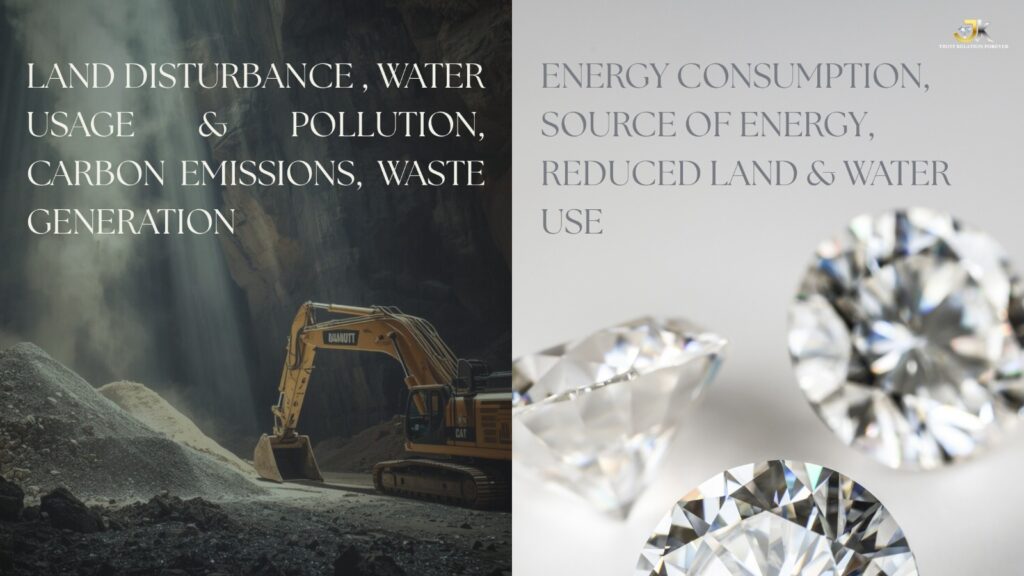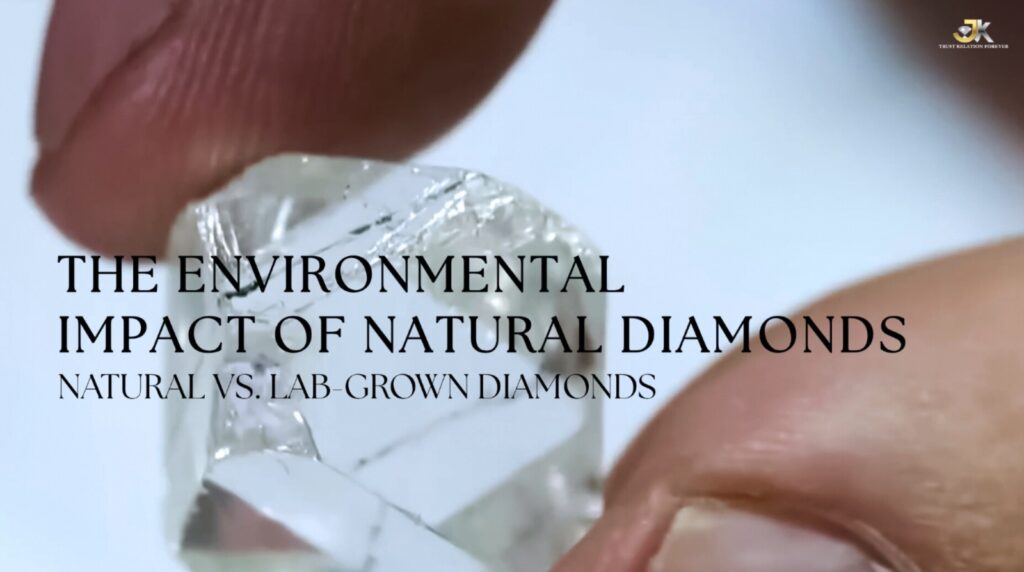Diamonds have long symbolized love and commitment, but increasingly, consumers are looking beyond the traditional “4 Cs” to understand the environmental and ethical impact of their choices. The rise of lab-grown diamonds has ignited a fascinating debate: are these man-made marvels truly more sustainable than their naturally occurring counterparts? This blog post dives into the environmental footprint of both natural and lab-grown diamonds, exploring the nuances to help you make an informed decision that aligns with your values.
Traditional diamond mining is a resource-intensive process with significant environmental consequences. This section will cover:
- Land Disturbance: Massive open-pit mines and underground operations can lead to widespread deforestation, habitat destruction, and soil erosion. Mention the vast amounts of earth moved for a single carat.
- Water Usage & Pollution: Mining requires huge quantities of water, which can deplete local water sources and lead to chemical contamination from processing.
- Carbon Emissions: Heavy machinery, transportation, and processing all contribute to a considerable carbon footprint.
- Waste Generation: Mining generates vast amounts of mineral waste, sometimes including toxic substances.

Lab-grown diamonds are often marketed as the “eco-friendly” choice, but their production also has an environmental impact. This section will discuss:
- Energy Consumption: Growing diamonds in a lab (using HPHT or CVD methods) is an energy-intensive process, requiring significant electricity for high temperatures and pressures.
- Source of Energy: The sustainability of lab-grown diamonds heavily depends on the energy source used by the manufacturers. Highlight that many producers still rely on fossil fuels, but some are shifting towards renewable energy (solar, wind).
- Reduced Land & Water Use: Emphasize that lab-grown diamonds require significantly less land and water compared to mining.
- Minimal Waste: Lab production generates far less physical waste than traditional mining.
It’s not a black and white issue. Both industries are evolving.
- Transparency and Certifications: Discuss the importance of looking for certifications for both natural (e.g., Kimberley Process for conflict-free, though its environmental scope is limited) and lab-grown diamonds (e.g., carbon-neutral certifications, transparent energy sourcing).
- Industry Innovations: Mention how some natural diamond miners are investing in land reclamation and renewable energy, while lab-grown producers are striving for more energy-efficient and renewable-powered facilities.
Ultimately, the “greener” diamond choice is complex and depends on individual priorities. Lab-grown diamonds generally offer a smaller footprint in terms of land and water use, and carbon emissions (especially if produced with renewable energy). Natural diamonds, while historically impactful, are also seeing improvements in practices. Encourage readers to research brands and prioritize transparency to align their purchase with their environmental values.
Stay updated on the latest JK Sons postings by following us on Instagram.
https://www.instagram.com/j_ksons/
https://x.com/jksonsdiamond?t=a4_K1Uej1BwNCXt63jmEMw&s=08
https://www.youtube.com/@JKSons-q4x
https://www.facebook.com/share/19fYjZtEZf/
https://www.linkedin.com/in/jk-sons-a8005832b?utm_source=share&utm_campaign=share_via&utm_content=profile&utm_medium=android_app


